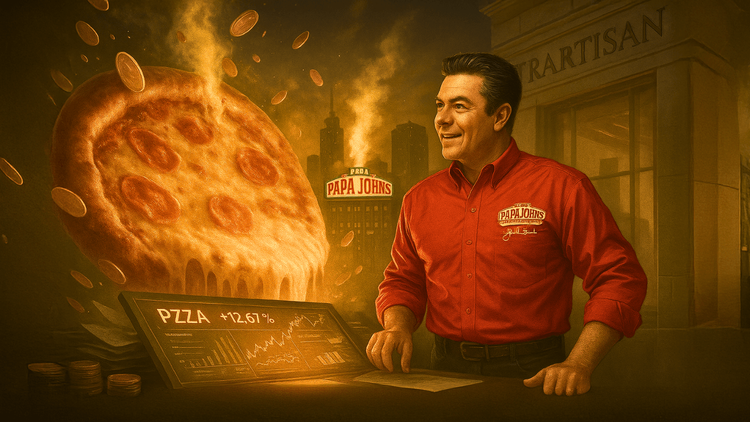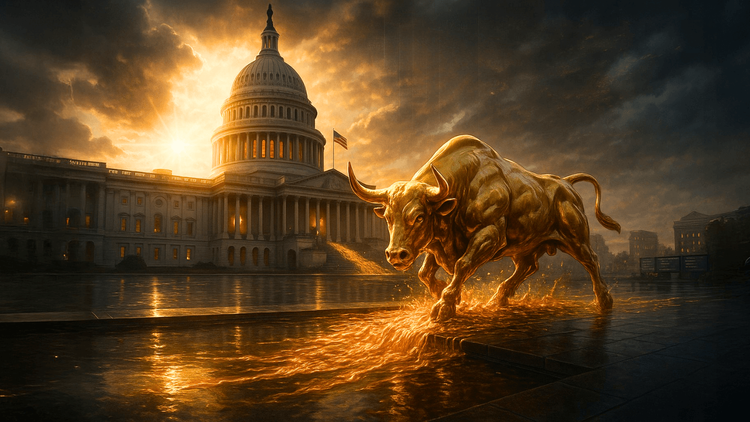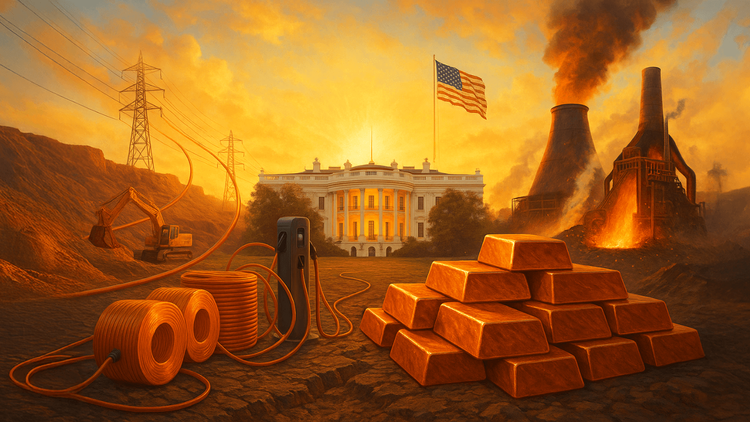Tesla vs. Tariffs: Who’s Really in the Driver’s Seat?
Trump’s tariffs are shaking the auto industry, but Tesla’s U.S.-centric strategy gives it an edge.

The global auto industry is bracing for impact as Donald Trump’s sweeping auto tariffs threaten to reshape the market. While legacy automakers like Ford, General Motors, and Stellantis find themselves in the crosshairs, one company stands apart—Tesla. Elon Musk’s electric vehicle giant, though not immune to the consequences, appears better positioned to weather the storm.
Tesla’s Domestic Advantage
Unlike its competitors, Tesla manufactures most of its vehicles in the United States, significantly reducing its exposure to foreign tariffs. This domestic production footprint has insulated the company from the full brunt of Trump’s 25% duties on imported cars and auto parts. Traditional automakers, which rely heavily on global supply chains, now face rising costs that could eat into their margins and force them to hike prices.
Musk’s tight grip on Tesla’s supply chain has been a game-changer. While Tesla does source certain parts from international suppliers—including lithium-ion batteries from China’s CATL and components from South Korea, Japan, and Mexico—the company’s reliance on foreign-made parts is far lower than that of its rivals. This partial independence could give Tesla a pricing advantage at a time when competitors scramble to offset increased costs.
The Broader Impact of Trump’s Tariffs
The tariffs are poised to send shockwaves through the industry, inflating vehicle prices across the board. Analysts at Goldman Sachs predict that the cost of an average car could rise by $5,000 to $15,000. Consumers will ultimately bear the brunt of these levies, with automakers expected to pass higher production costs down the line.
For Tesla, this scenario could be a double-edged sword. If traditional automakers raise prices on gas-powered cars, the price gap between electric vehicles and internal combustion engine vehicles may shrink, making Tesla’s models more competitive. At the same time, the company’s own imported components will see price increases, which could push up the sticker price of Tesla vehicles. Musk himself acknowledged this reality, cautioning that the impact on parts costs “is not trivial.”
Market Reactions and Tesla’s Stock Performance
While shares of Ford, GM, and Stellantis tumbled in response to the tariff announcement, Tesla’s stock stood out as a rare winner. Investors appear to believe that Tesla’s U.S.-centric production strategy provides a shield against the worst of Trump’s trade policies. The market’s confidence in Tesla is further bolstered by Musk’s close ties to the Trump administration.
Musk, now a key adviser in the newly formed Department of Government Efficiency, has become a major figure in shaping policy decisions. This proximity to power has led to speculation that Tesla could receive preferential treatment, whether through regulatory flexibility or favorable government contracts. Trump himself has downplayed concerns over Tesla’s exposure to tariffs, even suggesting that the duties could be “net neutral or even good” for the company.
Tesla’s Challenges Beyond U.S. Borders
Despite its relative advantage at home, Tesla faces mounting difficulties in international markets. Political and economic headwinds in Europe and Canada are putting pressure on the automaker, with reduced government incentives and shifting policies threatening demand.
In the European Union and the United Kingdom, dwindling subsidies for electric vehicles have weakened Tesla’s foothold, making it harder to sustain the breakneck growth the company enjoyed in previous years. Meanwhile, Canada’s decision to freeze rebates for Tesla models further complicates the company’s North American strategy.
The Road Ahead
Tesla may be in a better position than its competitors when it comes to Trump’s latest tariffs, but challenges remain. Higher costs for imported parts will squeeze margins, and global demand uncertainties could limit the upside. However, if rival automakers are forced to raise prices significantly, Tesla could emerge as a winner in the long run, capitalizing on its relative affordability in a market where everything else is becoming more expensive.
The auto industry is entering a period of volatility, with tariffs shaking up the competitive landscape. Tesla’s ability to adapt and leverage its domestic production strength will determine whether it emerges as a true beneficiary of Trump’s trade policies—or simply a company that got hit a little less hard.






